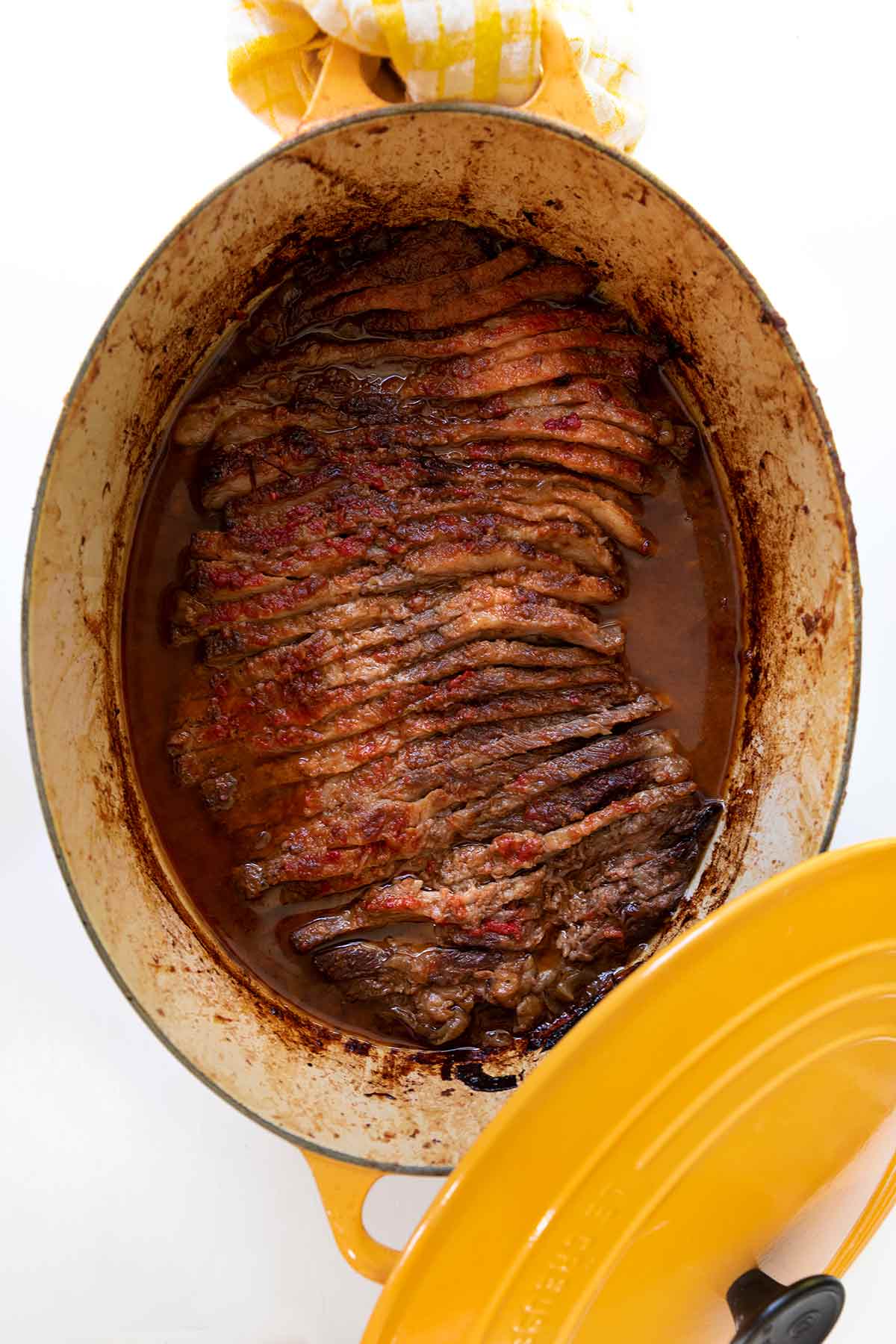
Nach Waxman has the world’s most Googled best brisket recipe, asserts author Stephanie Pierson of the founder of Manhattan’s Kitchen Arts & Letters, a cookbook store of unparalleled excellence. Waxman grew up on New York’s Lower East Side with a devout tradition of brisket.
Jump To
Not being Jewish, The One and I have never cooked Rosh Hashanah dinner for friends. But this year, we invited our friend Susan and served Nach’s beef brisket. We were thunderstruck when Susan, having partaken in more than 70 New Year’s celebrations, declared the dish “the best brisket I’ve ever had.”
Although our experience is dwarfed by Susan’s, The One or I couldn’t disagree!

Why This Recipe Works
This brisket recipe works so well because slicing the meat halfway through cooking lets it soak up all the flavorful juices. The caramelized onions and sweet carrots bring a rich balance. And leaving the lid slightly ajar creates a beautifully concentrated sauce. It’s a foolproof way to get a moist, delicious brisket every time.
Beef Brisket FAQs
Beef brisket comes from the pectoral muscles of the steer, which get a serious workout during the animal’s life. Brisket is often split into 2 pieces—the first and second cut. The first cut (the flat) is a longer, leaner, and larger piece of meat. Located below the second cut on the steer, the first cut can be anywhere from 3.5 to 10 lbs.
The second cut (the deckle) has more fat attached and doesn’t take as long to cook. Choosing a high-quality first-cut brisket can help with cooking time and tenderness. Since the first cut is lean, it can take a while to cook to tenderness. Because of that leanness, some people choose to use sweeter or more complex flavors to make up for the lack of fat. It’s also particularly well suited to be used for corned beef.
Definitely! Our recipe testers and readers who have tried the recipe loved the way the onions and carrots turned out and recommend adding more. That way there’s enough to share with others.
Interim slicing is the process of slicing the meat in the middle of the cooking process. This is an unusual brisket recipe in that it calls for the meat to be sliced midway through the cooking time. Just carefully remove your pan from the oven, place the brisket on a cutting board, and slice across the grain into approximately 1/8-inch slices. After that, return to the pan and cook for the remaining time.
Pro Tips
- Look for the lines of muscles running through the uncooked brisket—that’s the grain. Make a note of their direction so you can slice against them later.
- Keep the Dutch oven’s lid ajar, or cover the pot with foil. This keeps the cooking liquid at a simmer, keeping the brisket moist and tender and concentrating the flavor of the liquid.
- An hour and a half through cooking, slice the brisket across the grain. This signature technique increases the cooking surface making for a more tender and flavor-packed brisket.
Storage & Reheating
Let the brisket cool, cover the pot with foil, and refrigerate it overnight. To rewarm, skim any fat from the surface of the juices and gently reheat the brisket in the juices in a 325°F (163°C) oven until warmed through, about an hour.
What to Serve with Braised Brisket
This trio creates a perfect meal: sweet-spicy carrots balance the rich brisket, herb-flecked potatoes capture the savory sauce, and apple cake adds the sweet, homey ending.
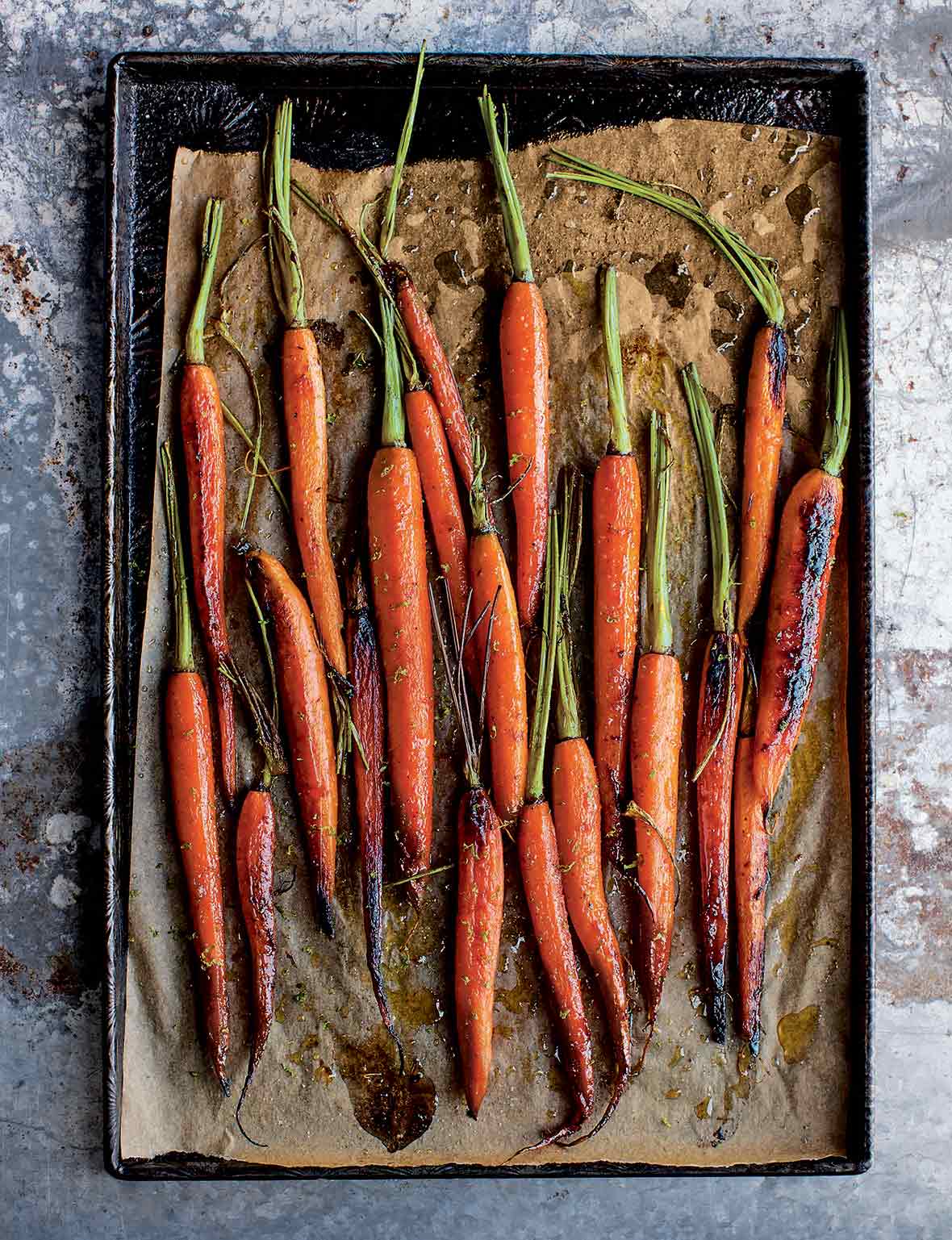
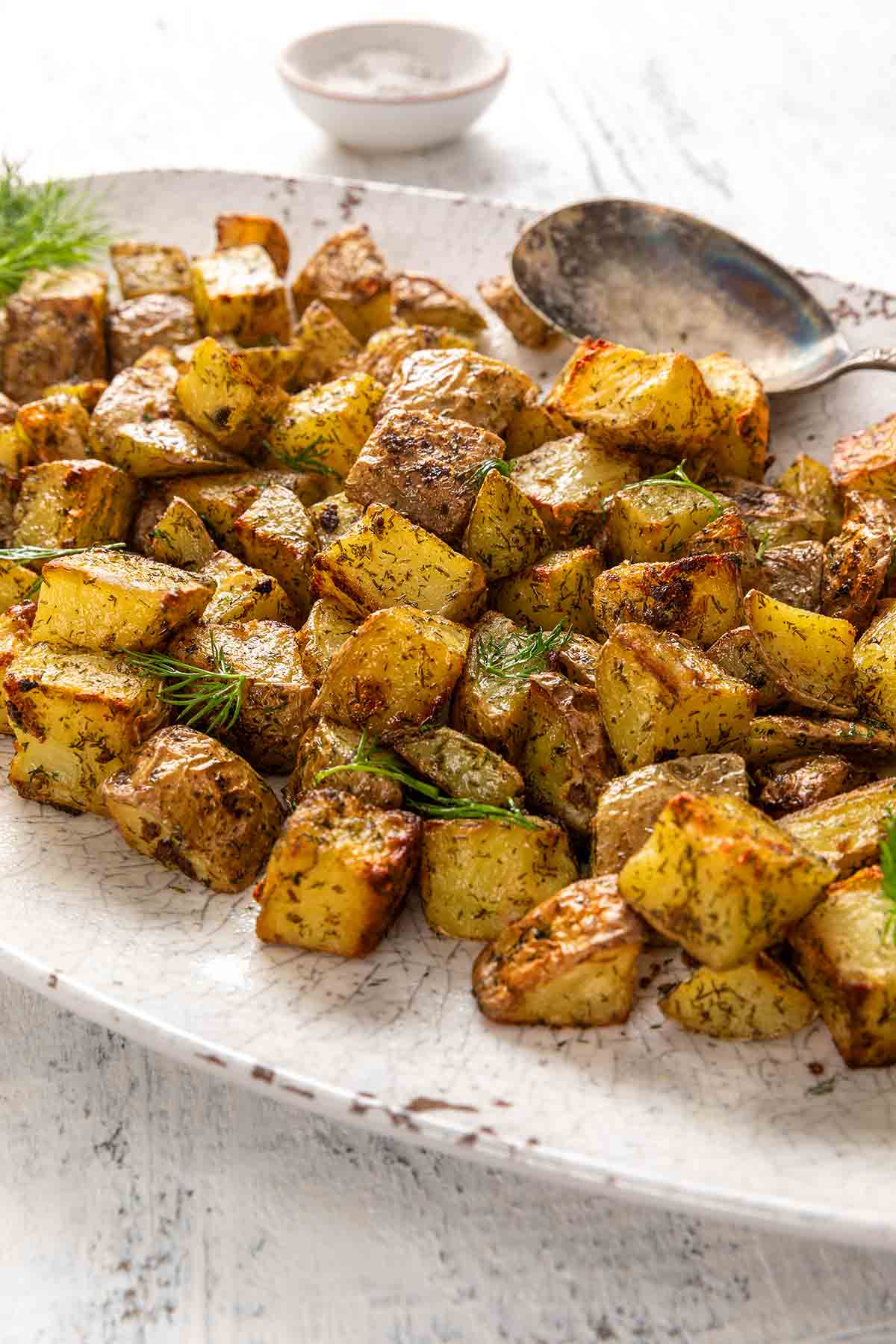
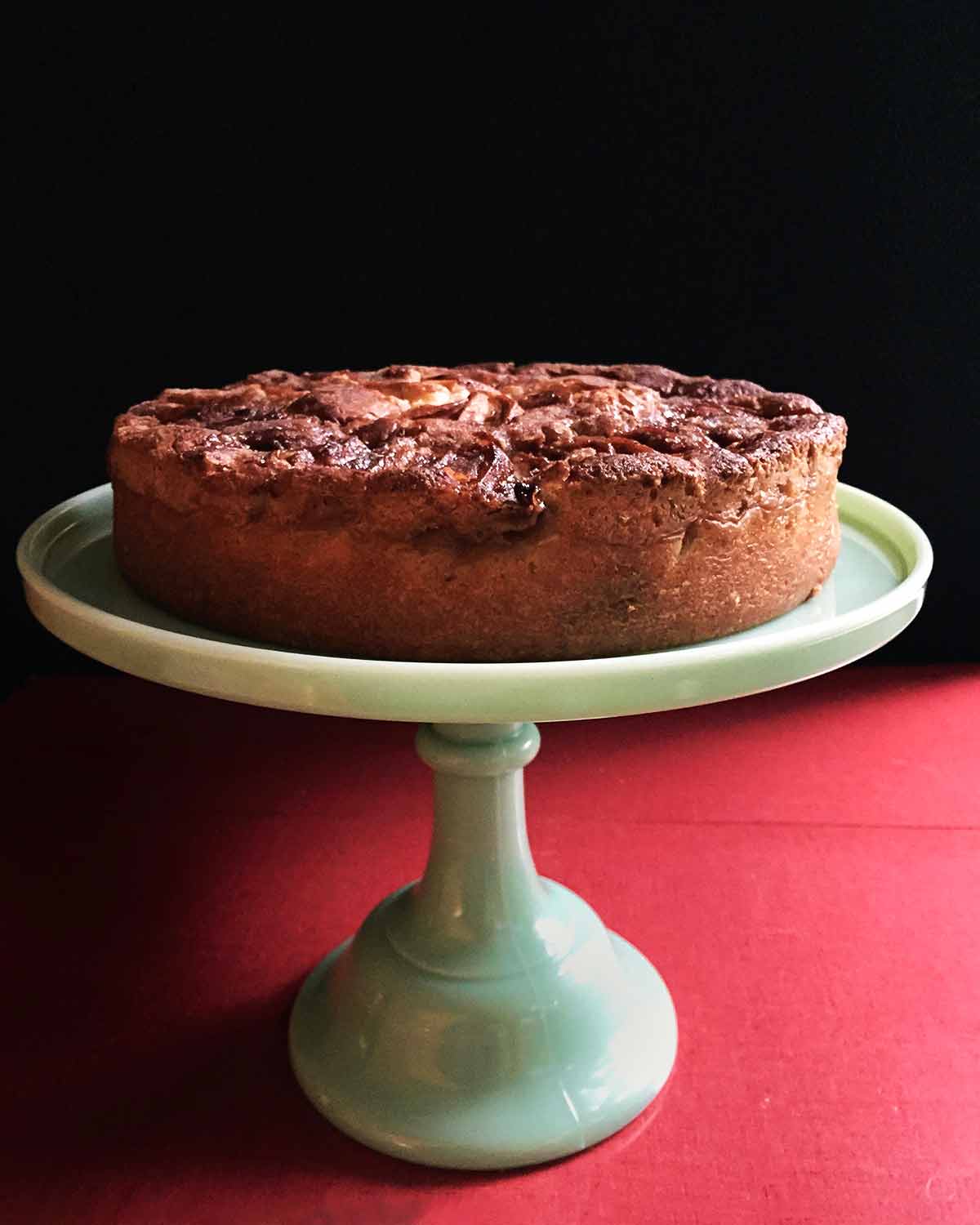
Write a Review
If you make this recipe, or any dish on LC, consider leaving a review, a star rating, and your best photo in the comments below. I love hearing from you.–David
OMG!!! I’ve made Nach Waxman’s fantastic Brisket for four Passovers now. I have my brisket in the freezer waiting for the fifth year. I cannot wait to use this recipe again! Thank you, David!!
— Christine
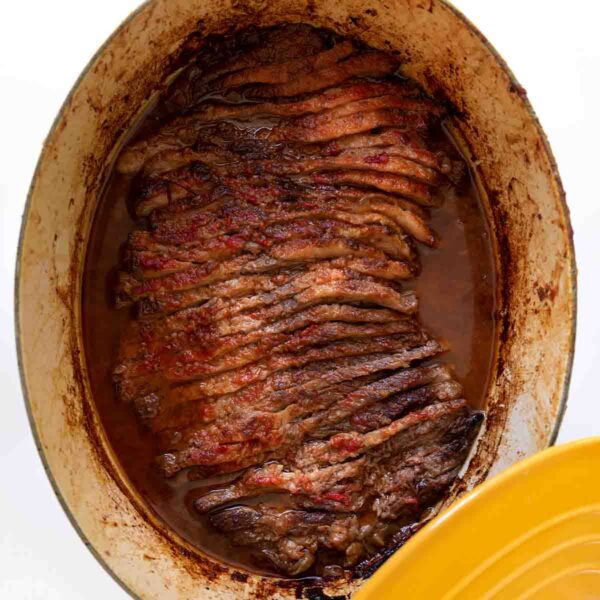
Nach Waxman’s Beef Brisket
Ingredients
- One (6-pound) first-cut beef brisket, trimmed so that a thin layer of fat remains
- all-purpose flour, for dusting (optional)
- freshly ground black pepper
- 3 tablespoons mild olive oil, or vegetable oil
- 8 medium onions, peeled and thickly sliced
- 3 tablespoons tomato paste, store-bought or homemade
- kosher salt
- 2 to 4 garlic cloves, peeled and quartered
- 1 carrot, peeled and trimmed
Instructions
- Preheat the oven to 375°F (190°C). Be ready with a large ovenproof enameled cast-iron pot or other heavy pot that has a lid and is large enough to just barely (or snugly) fit the brisket.
- Lightly dust the bOne (6-pound) first-cut beef brisketrisket with all-purpose flour, if desired. Sprinkle the brisket with freshly ground black pepper.
- Heat the 3 tablespoons mild olive oil in the pot over medium-high heat. Add the brisket to the pot and cook until crusty and browned areas appear on the surface here and there, 5 to 7 minutes per side.
- Transfer the brisket to a platter. Increase the heat under the pot a little, add the 8 medium onions, and cook, stirring constantly with a wooden spoon and scraping up any browned bits stuck to the bottom of the pot, until the onions have softened and developed a rich brown color but aren’t actually caramelized, 10 to 15 minutes. Remove the pot from the heat. Place the brisket on the onions and pour any juices that accumulated on the platter over the brisket.
- Spread the 3 tablespoons tomato paste over the brisket as if you were icing a cake. Sprinkle the brisket with kosher salt and pepper and then add the 2 to 4 garlic cloves and 1 carrot to the pot. Cover the pot, transfer it to the oven, and let it cook, untouched, for 1 1/2 hours.
- Transfer the brisket to a cutting board. Using a very sharp knife, thinly slice the brisket across the grain into approximately 1/8-inch-thick slices. Return the slices to the pot, overlapping them at an angle so that you can see a bit of the top edge of each slice. The end result should resemble the original unsliced brisket leaning slightly backward. If absolutely necessary, add 2 to 3 teaspoons water to the pot.
☞ TESTER TIP: Pour any accumulated juices from the cutting board over the brisket.
- Cover the pot and return it to the oven. Lower the heat to 325°F (163°C) and cook until the brisket is fork-tender, about 2 hours more. Check once or twice during cooking to make sure that the liquid hasn’t bubbled away. If it has, add a few more teaspoons of water—but no more. Also, each time you check, spoon some of the liquid on top of the roast so that it drips down between the slices so that the juices infuse the meat with flavor.
- It’s ready to pile on a platter or cutting board and serve right away after you spoon just a little of the pan juices over the brisket to barely moisten it, although truth be told, it’s even better the second day after you let the brisket cool, cover it loosely with foil, and refrigerate it overnight. To rewarm, skim any fat from the surface of the juices and gently reheat the brisket in the juices, in a covered Dutch oven, in an oven preheated to 325°F (163°C) until warmed through, about an hour.
Notes
- Find the grain—Before cooking, find the direction the muscle fibers run so that you can cut perpendicular to them later.
- Cover loosely—Keep the Dutch oven’s lid ajar, or cover the pot with foil. This keeps the cooking liquid at a simmer rather than a boil, which causes the meat to toughen.
- Slice for more flavor—Slice the brisket across the grain, which you located earlier, for tender and flavorful slices.
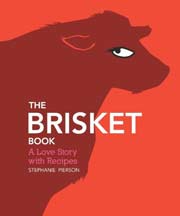
Nutrition
Nutrition information is automatically calculated, so should only be used as an approximation.
Recipe Testers’ Reviews
This has to be one of the best brisket recipes that I have tested. Easy, right to the point, basic cooking methods and a normal cut of beef all combine for a really outstanding taste treat. The flavors are fully developed, and each one compliments the others. It is comfort food — and yes, “soul food” as well. It is the chicken soup for the beef lovers amongst us.
I had never made a brisket before, but always thought of it as a dry, tough cut of beef — this recipe proved me wrong.
I do not own a cast-iron pot with lid or any pot with a lid that can go in the oven, so I had to switch from a pot on the stove to a casserole dish that I covered tightly with aluminum foil for the oven, and it still worked great. The entire process was unlike any other meat I have fixed — from icing it with the tomato paste to cutting the meat before it was done cooking — but it worked great. I never had to add liquid, and the meat came out so moist and tender. I make pork barbecue a lot, and I made the sauce I use for that to have on the side. With or without the sauce, the meat was a hit.
We’ve tried various brisket recipes over the years. This was the best brisket I’ve had since my dad’s brisket, and that was too long ago. I’ve even tried making my dad’s recipe, but it’s never turned out the way it did when he made it.
I can’t single out one part of this recipe that makes it a winner. I think the secret is that everything just works together beautifully. The ingredient list is short. So much so that I wondered how much flavor the finished product could possibly have. Doesn’t 8 onions sound like a lot? But after tasting the succulent, rich, caramelized onions in the finished brisket, you may make a note on the recipe similar to the one I did. “Use even more onions next time.” I’m looking forward to the “next time” being sometime soon.
As for my fear about the short ingredient list, there was no need for it. The flavor is great. And don’t shy away from making a recipe that calls for a 6-pound brisket and advertises that it feeds 10 to 12 people. You can make it, like I did, for 2 people. We portioned the leftovers, vacuum-sealed them, and stashed the packages in the freezer. The brisket froze perfectly. How great it was to have such a wonderful meal on a night when there wasn’t much time to cook.
What an easy brisket to make, filled with flavor and tenderness. The brisket was so tender it fell apart once fully cooked, so I understand why you cut it prior to the end of its cooking time—this way, we were able to serve it as slices and not all shredded. We served it with plain mashed potatoes, and I would fully suggest that as the potatoes help soak up the pan juices. This is definitely a hearty meal, perfect for a weekend lunch—followed by a nice long nap. Thanks, Nach Waxman!
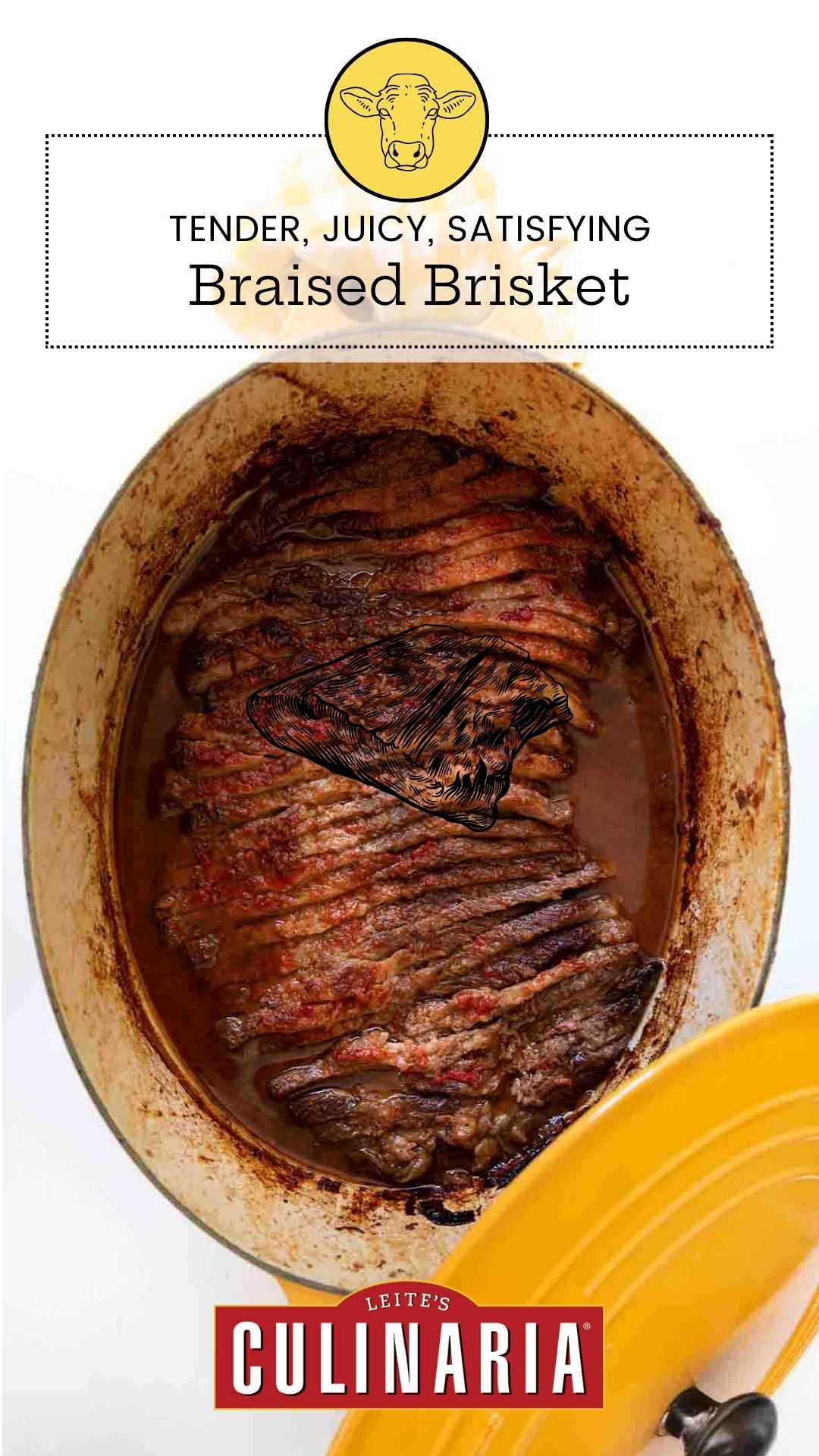
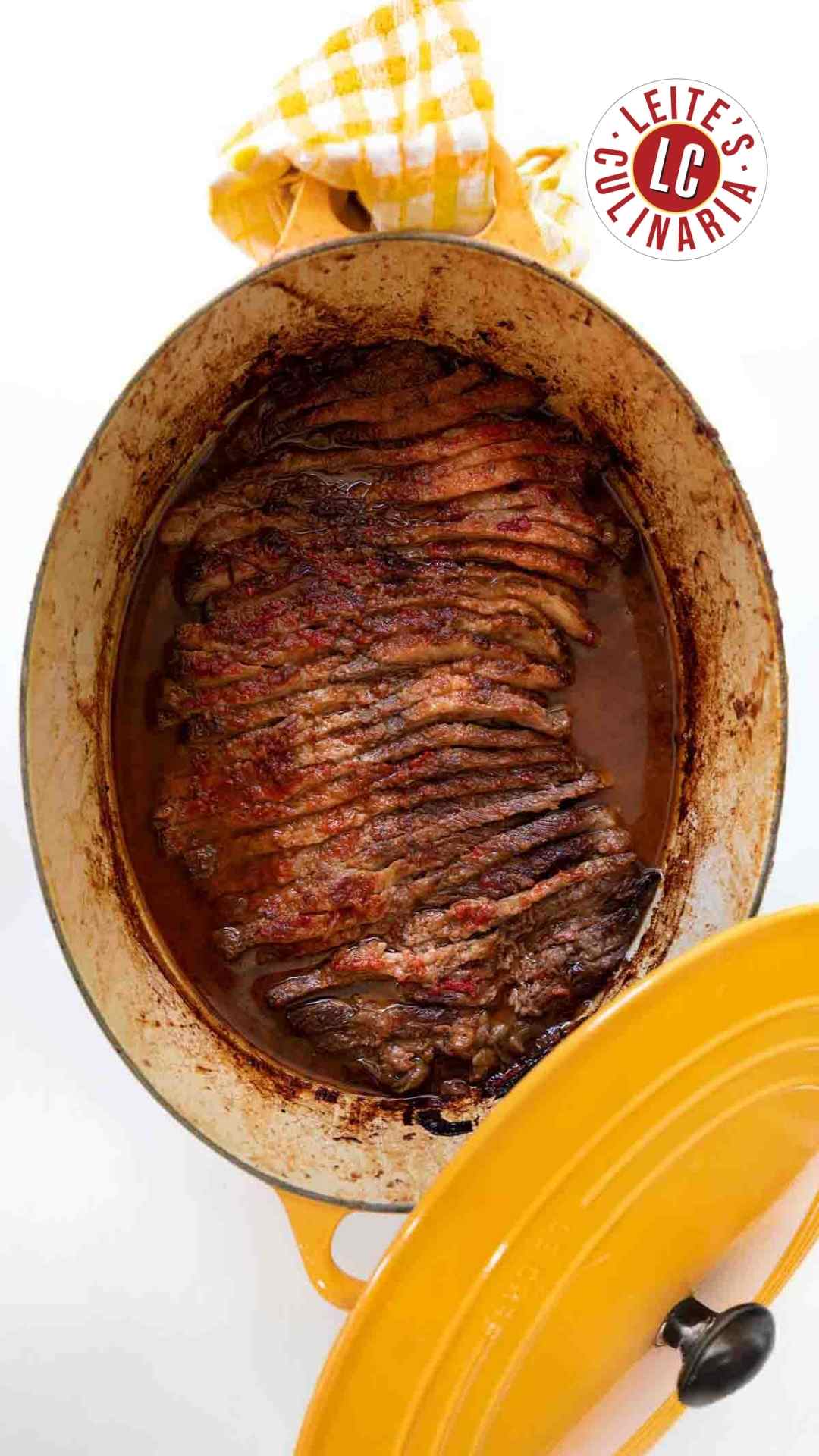
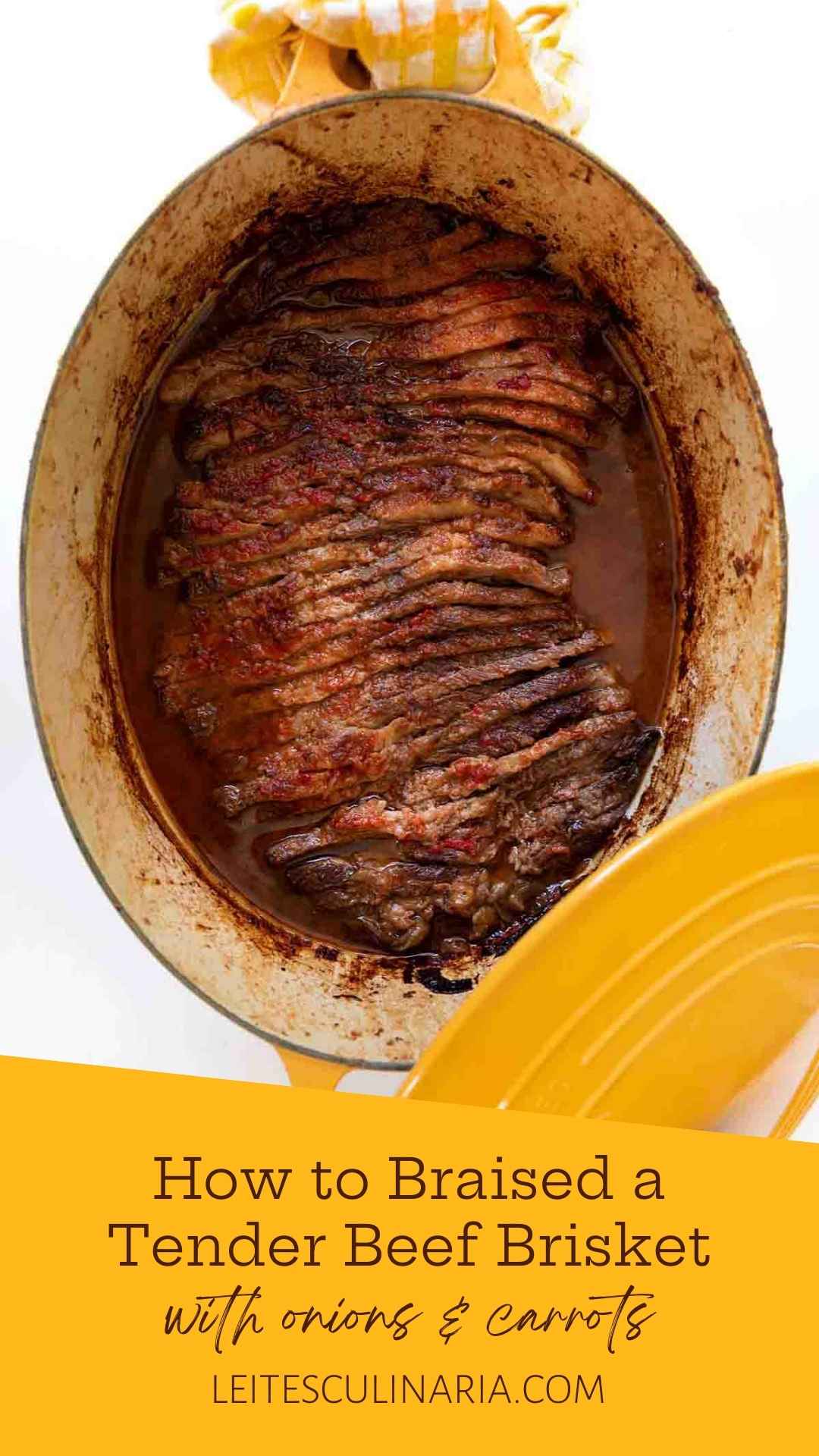
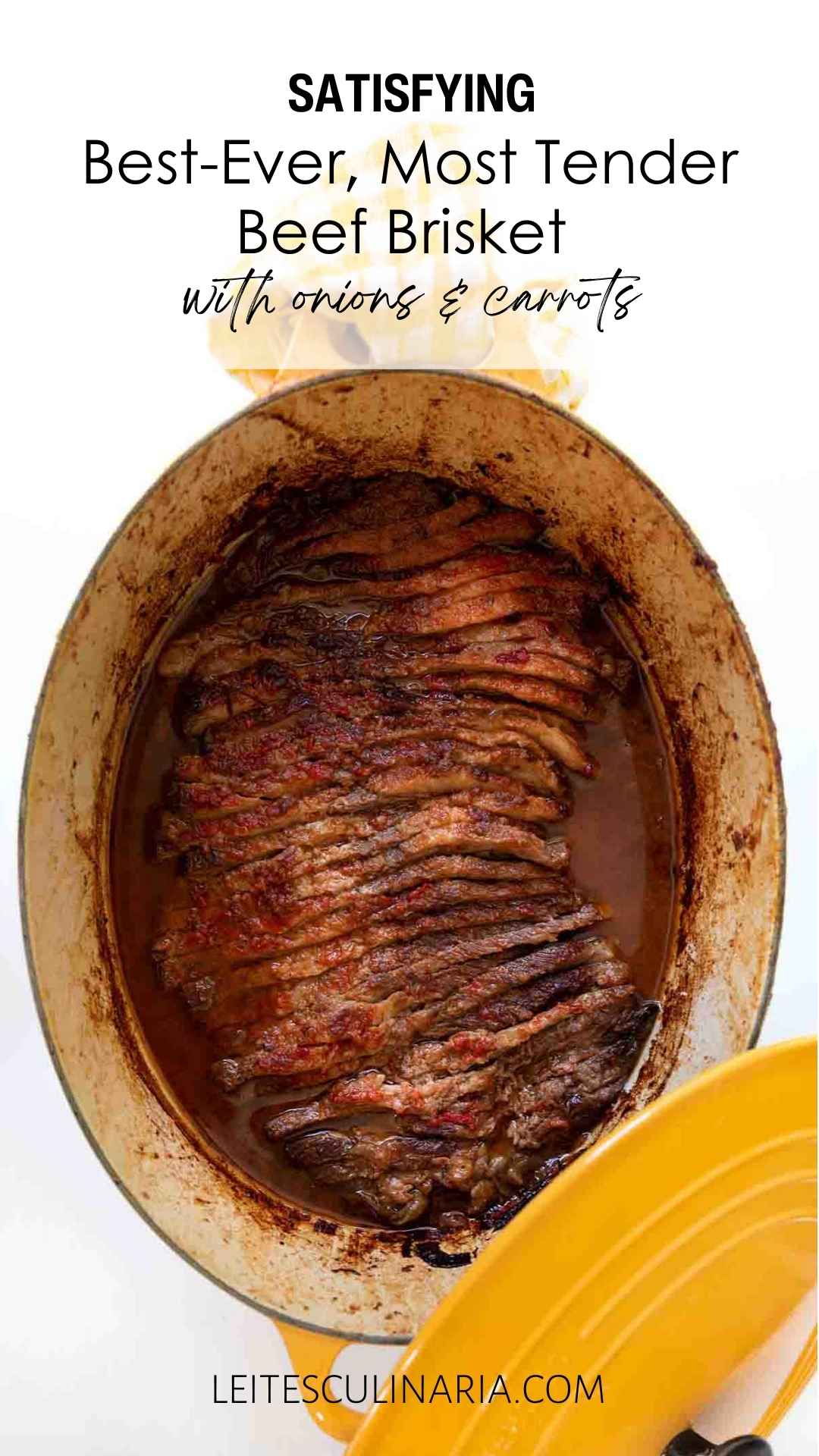














This is the second time I’ve made this brisket recipe and I added more carrots (I like some veggies to go with all that meat). Brisket was on sale and I picked up a 6 1/2 lb one and it came out even better than the first time, which is saying a lot since the first time was pretty spectacular. Served with Lacy Potato Kugel from Genius Kitchen which calls for a lot of potato and onion grating but I substituted frozen hash browns and bought already chopped onion. Basically it comes out like a giant crispy crusted potato pancake about a half inch thick when I bake it in my giant cast iron skillet but still creamy inside- really delicious.
David, you changed the name from “best brisket” to Nach Waxman’s brisket but it’s still the best brisket recipe ever. Such a simple recipe with amazing flavors and the meat is so moist, I’m salivating just writing this comment.
Marilyn, so happy you liked the brisket. It’s my go-to these days. We did change the name, but that was a Google-related issue. It is indeed still the best!
I’ve made this recipe five times now, and every time I am amazed that such simple and few ingredients can create such an outstanding dish. After the full cooking cycle is complete, I carefully remove the slices into a porcelain baking dish and cover. Then with the remaining onions and juices, I add chicken and beef stock, some fresh thyme, a splash of Worcestershire and then bring to a simmer for 10 minutes before scraping everything into a strainer over another (smaller) saucepan. Make a brown roux in a separate pan, and add to the simmering strained juices to thicken. This makes a smashing gravy!
Evoir, I’m coming to your house for dinner!! I’m with you: This is a great recipe. Simple yet so complex tasting.
The name of the recipe says it all – best brisket.
Glad to hear that you agree with us, Marilyn! We so appreciate you taking the time to let us know…